















We will create 3D models
The objective of the DigiPro project is to develop a portable 3D scanner system comprising of hardware and software components that provides photo-realistic 3D reconstructions of rigid objects. The procedure should be fully automatic and output a smooth, closed mesh with associated material properties, which can be interactively visualized in a web browser for applications such as e-commerce or virtual museums.
The overall system includes three components: Acquisition Hardware, Reconstruction Software, Web Based Rendering. The whole process is fully automatic and provides a final photo-realistic 3D model in a few minutes.
The acquisition hardware consists of a projector and several cameras together with a turntable, where the object is being placed and thus able to be captured from various directions. An additional arm equipped with multiple LED light sources can be rotated independently around the object to illuminate it from different directions.
The hardware is bundled with a fully integrated 3D reconstruction software that computes a digital representation (shape and appearance properties) of the object based on the acquired images.
The resulting object representation is compressed by an optimization module to allow for interactive 3D visualization (change of viewing and illumination conditions) in web based applications such as online shops or virtual museums.

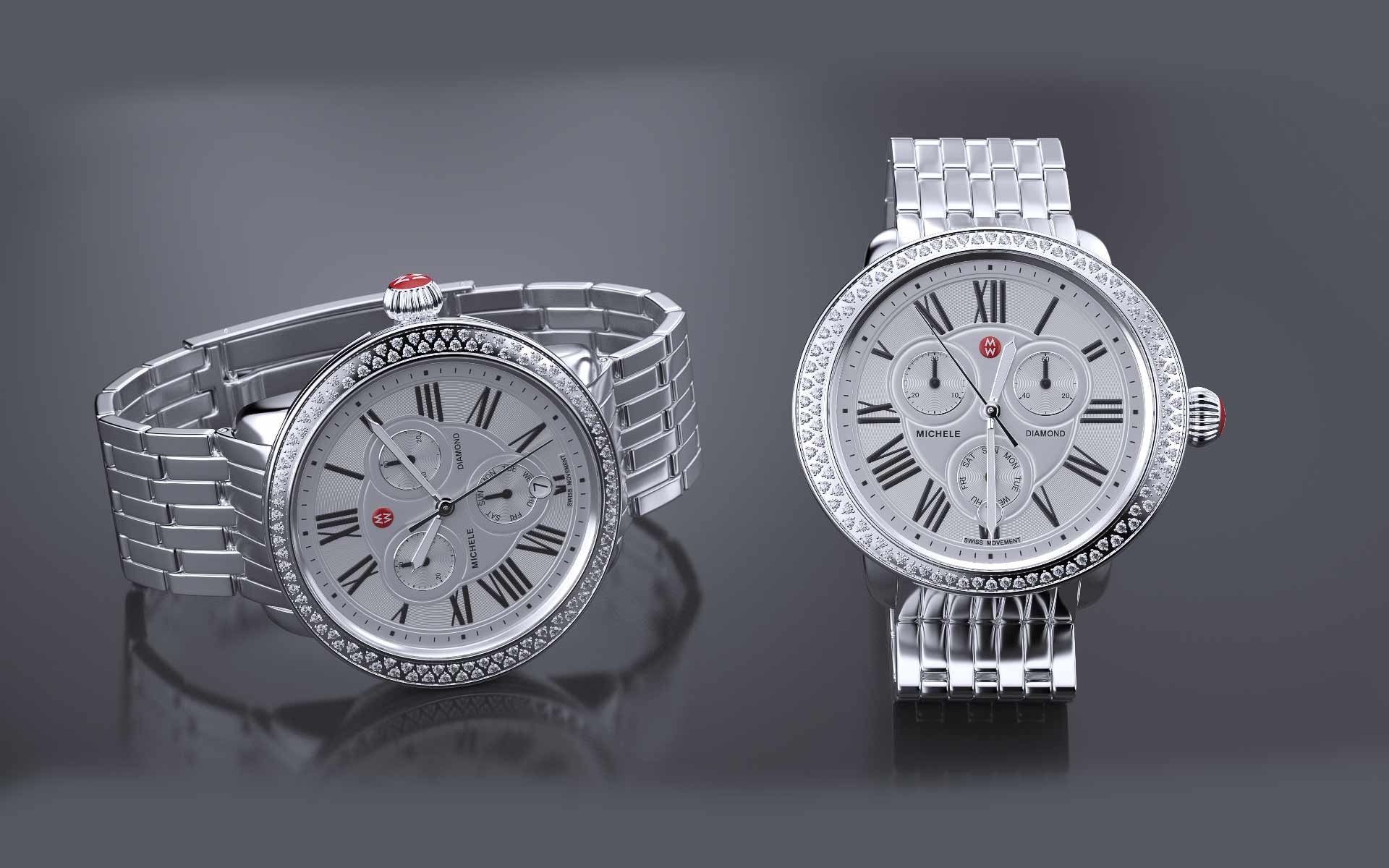
The implementation plan consists of seven work packages.
Specification
Development of detailed specifications for the overall system.
Acquisition device
Development of the acquisition hardware including a software for controlling the device.
Reconstruction software
Development and integration of the reconstruction pipeline.
Data optimization and visualization
3D model optimization for web based rendering.
Integration and testing
Integration of the components, testing and optimization.
Project Management
To coordinate R&D efforts and apply risk management, to organise IPR issues and commercialisation arrangements.
Dissemination
Involvement of end users, website, results communication.
Who We Are
Our success depends on the strength of our team. Each partner has distinct expertise in the respective field of one the 3 defined components (hardware, reconstruction software, web based rendering).
AG Augmented Vision / Technische Universität Kaiserslautern
http://av.dfki.de/
SPbSU Research & Development Center of Information Technologies Limited Liability Company
http://itc.spbu.ru/Profile.html
SilkTech Computer Informatics Solutions S.A.
http://www.silktech.gr
Department of Electrical and Computer Engineering / Aristotle University of Thessaloniki
http://www.auth.gr/ee
3D reconstruction offers a way for the automatic generation of product presentations that are realistic and can be explored by the user interactively. This enhances the shopping experience, while at the same time enables a better selection process for the customer.
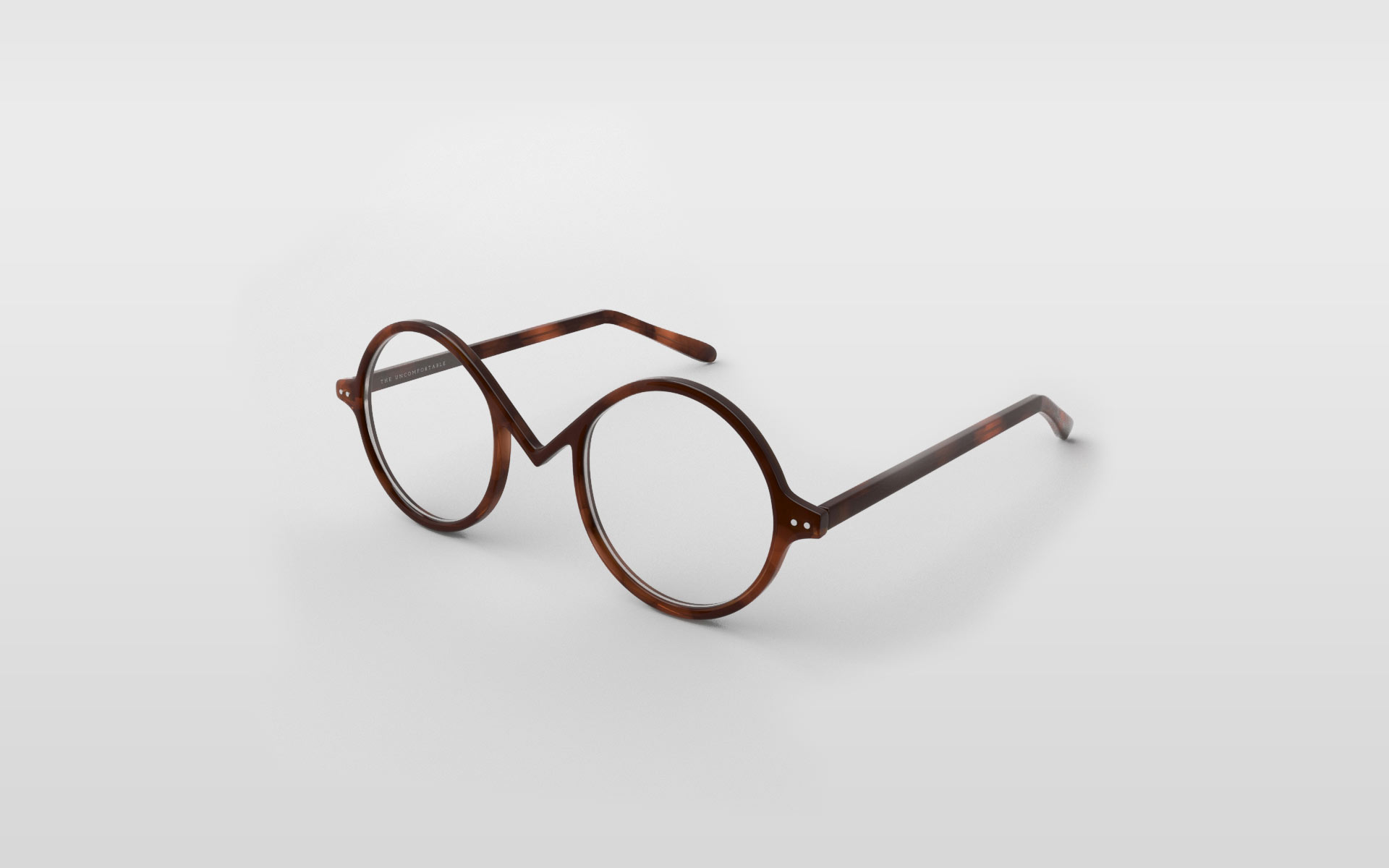

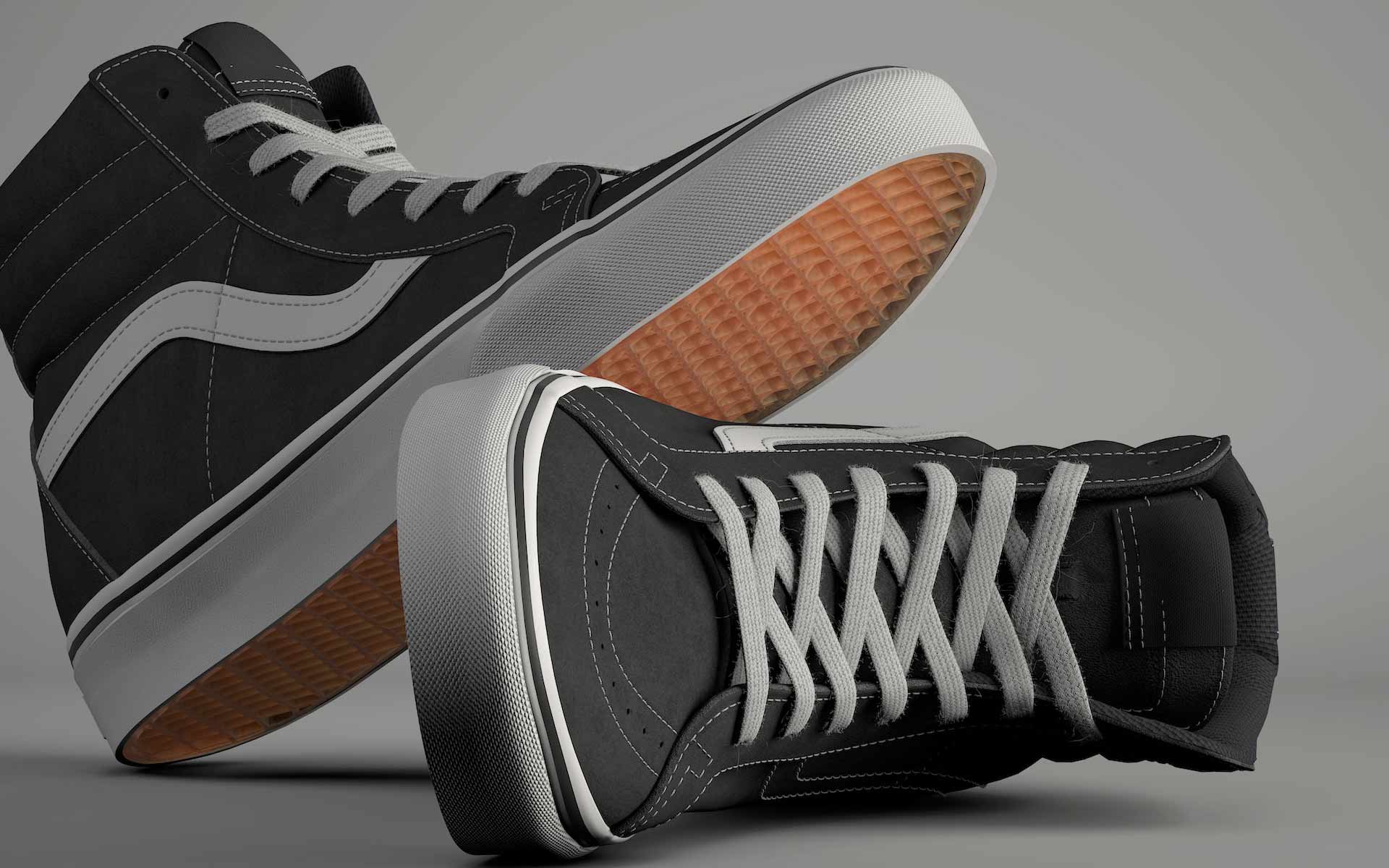
— Welcome to the 3D enhanced e-commerce experience —
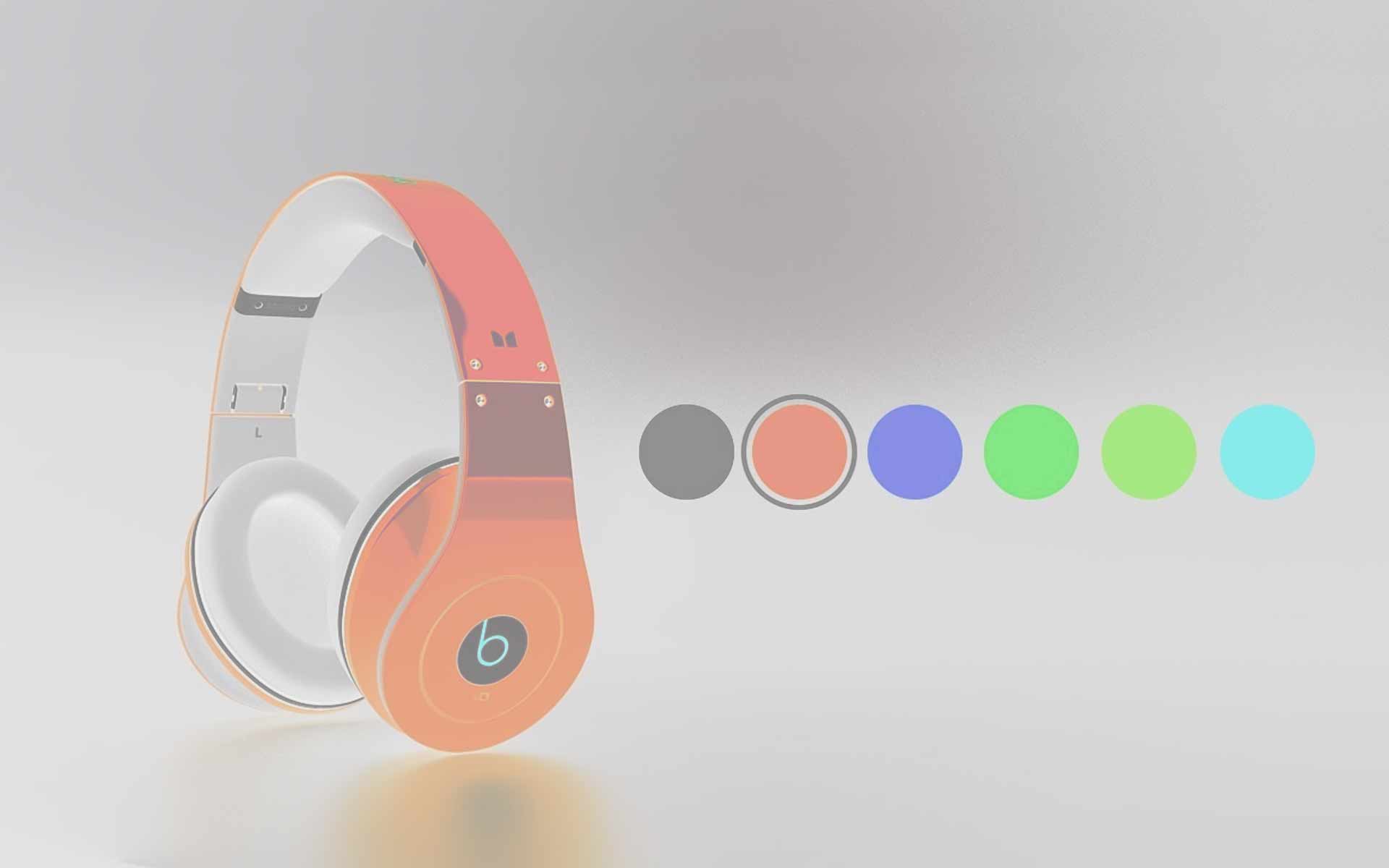
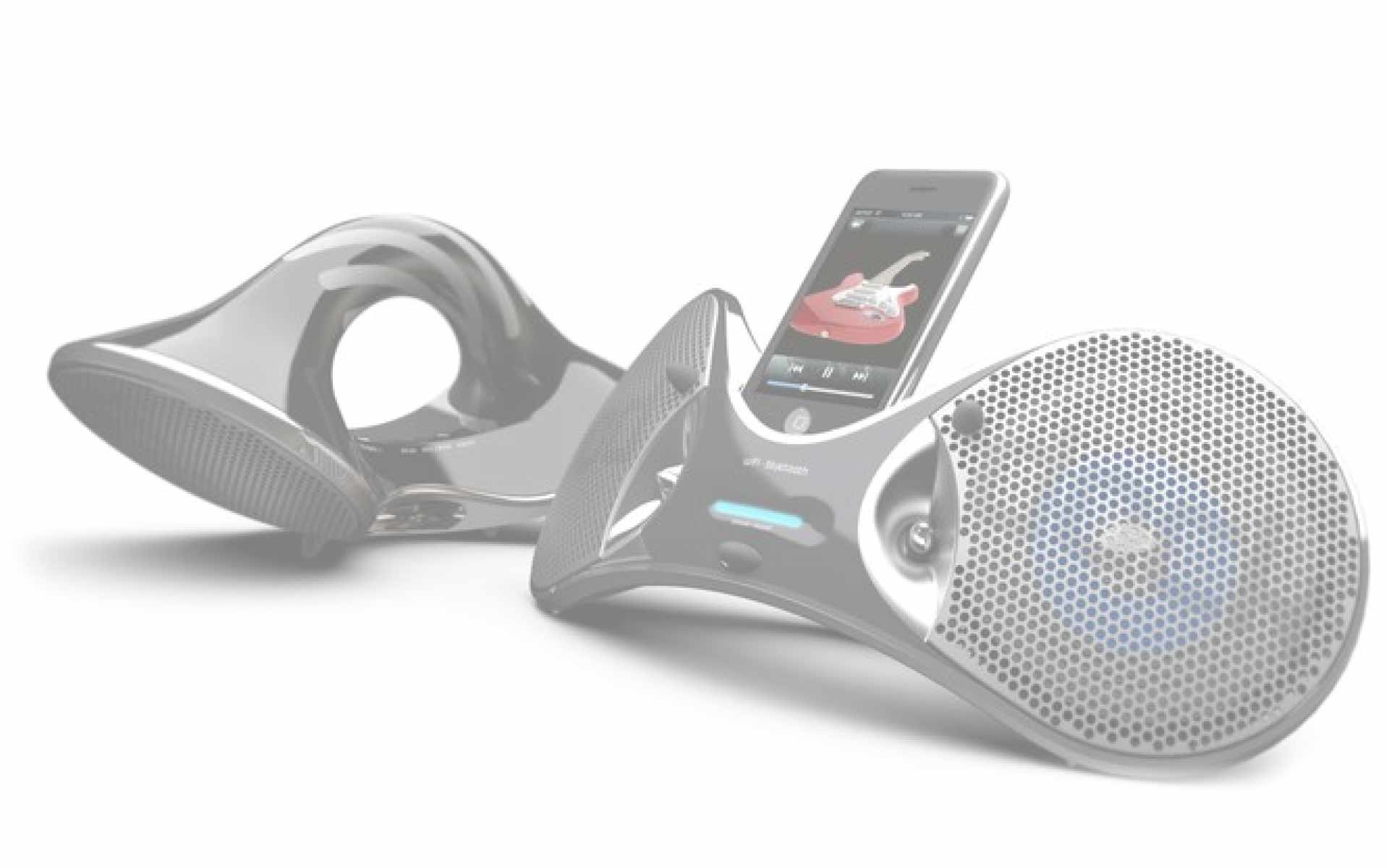
A photorealistic and cost effective scanner for automatic 3D reconstruction
The objective of the project is to develop a beyond state of the art solution for photorealistic and cost effective 3D object digitalization, addressing an identified market need arising from the evolution of ecommerce. The procedure will output a smooth, closed mesh with associated material properties, which can be interactively visualised in a web browser. The overall system includes three components: (1) hardware consisting of a turntable, where the object is being placed, a projector and several cameras that capture pictures from various angles, (2) a 3D reconstruction software and (3) an optimisation module for use of 3D models on the web and mobile. The whole process is fully automatic and provides a final photorealistic 3D model in a few minutes.
The proposed solution of a cost effective and portable 3D scanner with photorealistic features enables to address the mass market of e-commerce, since it will allow the easy creation of 3D models for web stores. The target market consists of: (1) larger companies selling products over the web and (2) service providers that will offer digitalisation services to smaller companies.
State of the art in this field
The development will be based on existing state of the art technological platforms developed by the partners. The Research group Augmented Vision of the University of Kaiserslautern has developed the Orcam system, which is designed to reconstruct objects in a single pass. The objects are placed inside a large sphere and digitized fully automatically. The scanning is based on the structured light principle; the diffuse texture and reflectance map is computed using images of many different lighting situation, created with help of the 600 LEDs. The resulting point clouds is highly précised, but of a size of several Gigabytes. Through appropriate meshing and maps creation, an effective object representation of 5 to 10 Megabytes is generated. The 3D visualization occurs in standard 3D viewers, using classical OBJ or Collada formats.
Economic impact and added value of the proposed consortium
Realistic 3D reconstruction with cost effective systems is an actual market need arising out of new generation e-commerce. E-commerce is currently exploding. The most important factor in e-commerce is detailed and informative product description, as described in a report by ECC Handel. Interactive realistic 3D product presentation is the ultimate form of rich user experience and it becomes a must especially for luxury products. This requirement is even more important in combination with customization and personalization that represents one of the major trends in fashion. Realistic 3D models will both increase the conversion rate and decrease the return rate.
Societal impact and added value of the proposed consortium
The possibility of creating precise 3D models in a cost effective way will allow also smaller providers to benefit more from e-commerce, supporting access to remote markets.
Added value of the proposed consortium and its complementary innovation potential: The combination of the complementary technological resources of the partners enables the fast track implementation of an automatic geometry and colour scanning system for 3D product digitalization for rich online and in-shop user experience.
Scientific and/or technological objectives
The project DigiPro will yield a solution for photo-realistic and cost effective 3D object digitization beyond the state-of-the-art. The envisaged system will consist of a portable scanning hardware and a reconstruction software, which will output a smooth, closed mesh with associated material properties. Optimization of the data complexity will allow to interactively visualize the reconstructions in web browsers by e.g. embedding them into an online web shop. By this technology, we address an identified market need arising from the evolution of e-commerce.
Some Recent Objects
Web rendering is performed by filemonger.com, an online web viewer for design and 3D files by Vasileios Gougoulidis of Programmable Bit, Inc. The service is available from anywhere you have access to a browser or from your iPad/iPhone and Android devices. This service is kindly provided pro bono for the use of DigiPro.
Statues of Apoll and Vesta were kindly offered from the Prussian Palaces and Gardens Foundation Berlin-Brandenburg (Stiftung Preussische Schlösser und Gärten Berlin Brandenburg).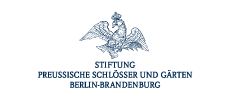
For the data sets of Lehmbruck's "Female Torso" and Scherer's "Little Girl" we kindly thank the Museum Pfalzgalerie Kaiserslautern.

